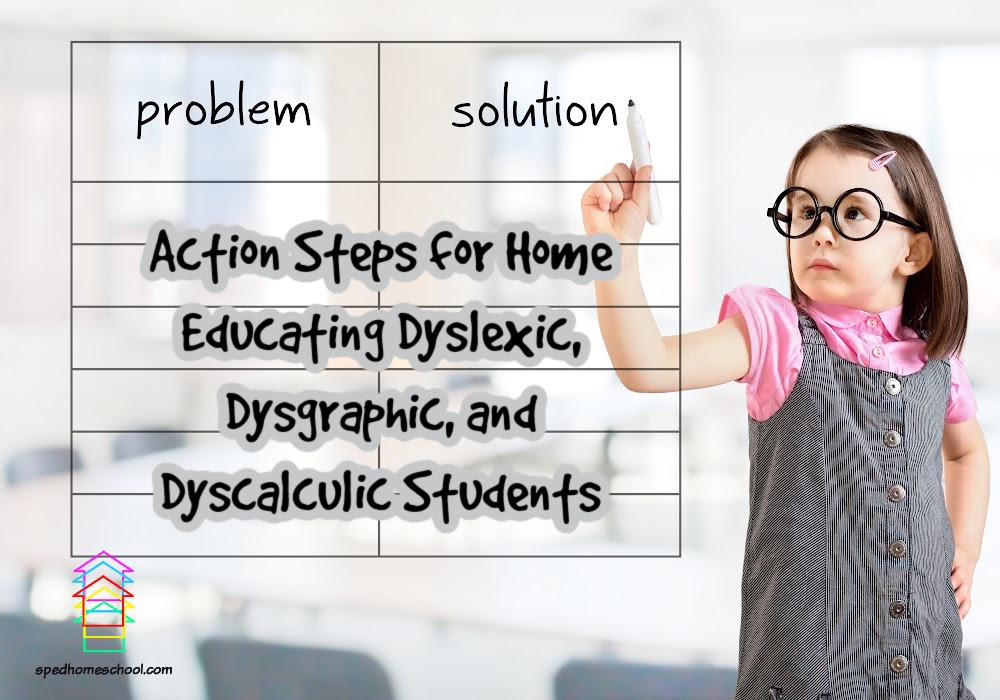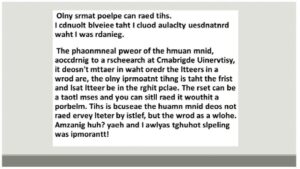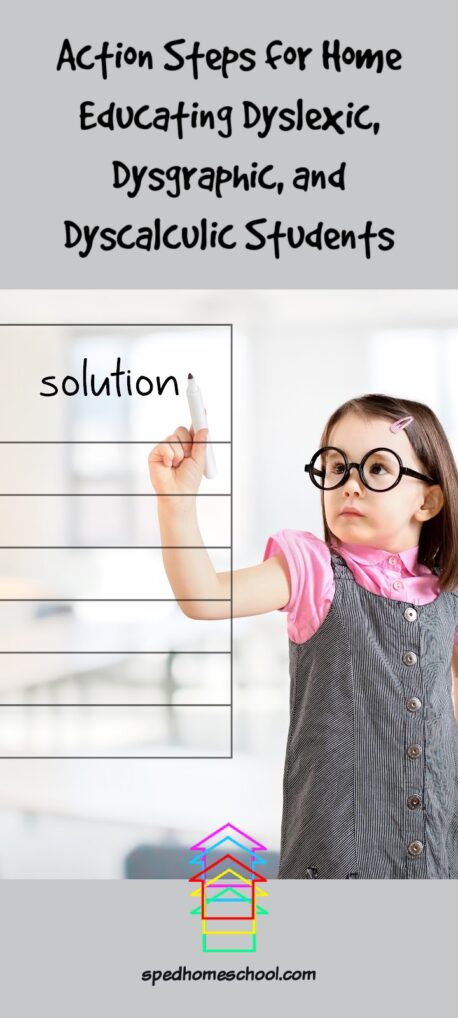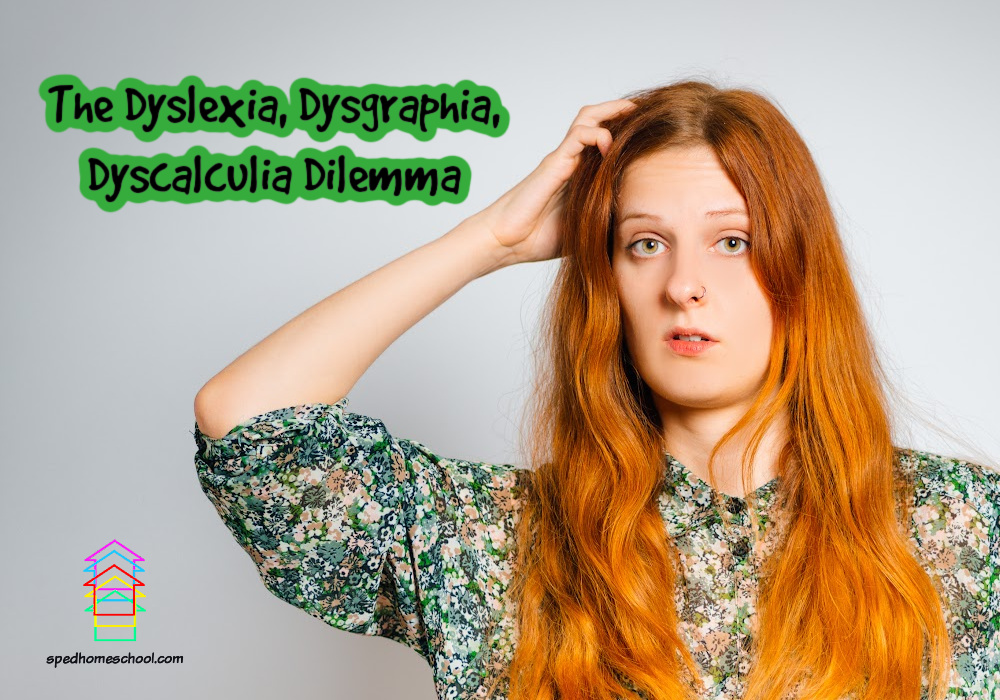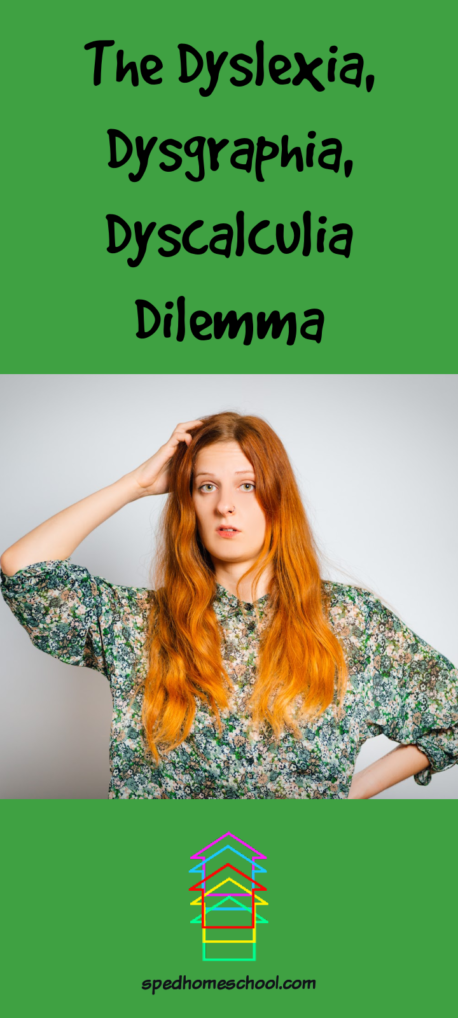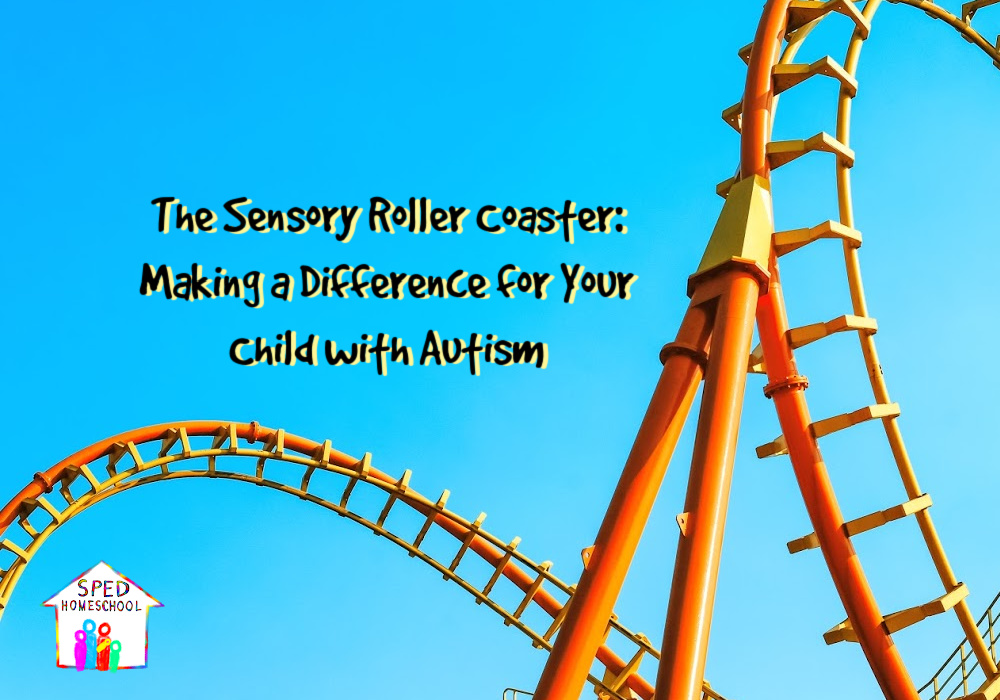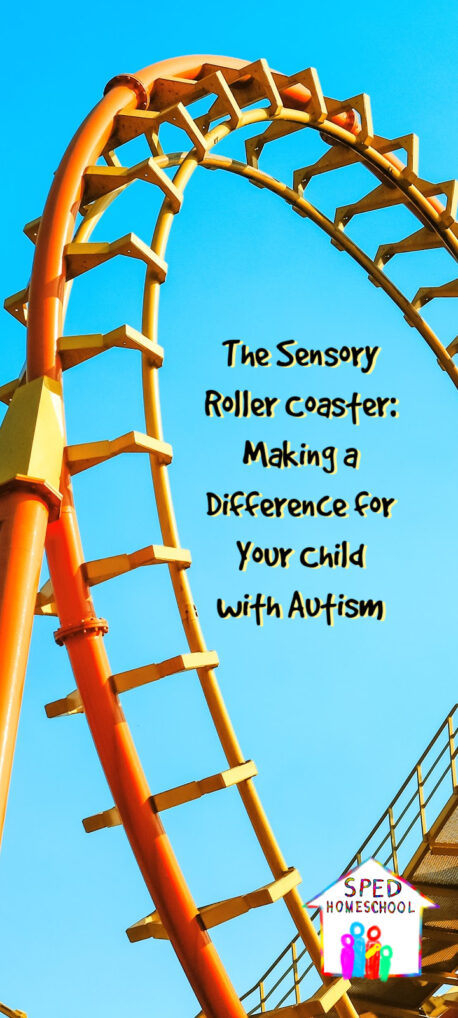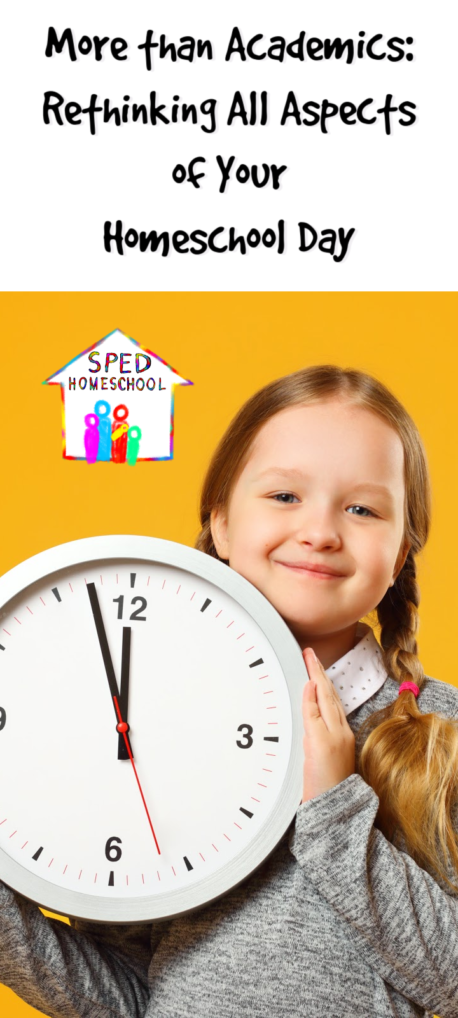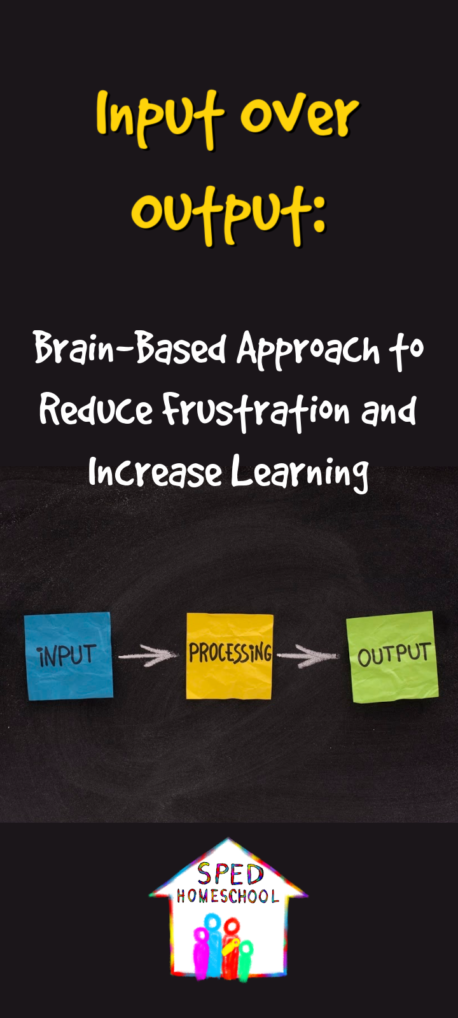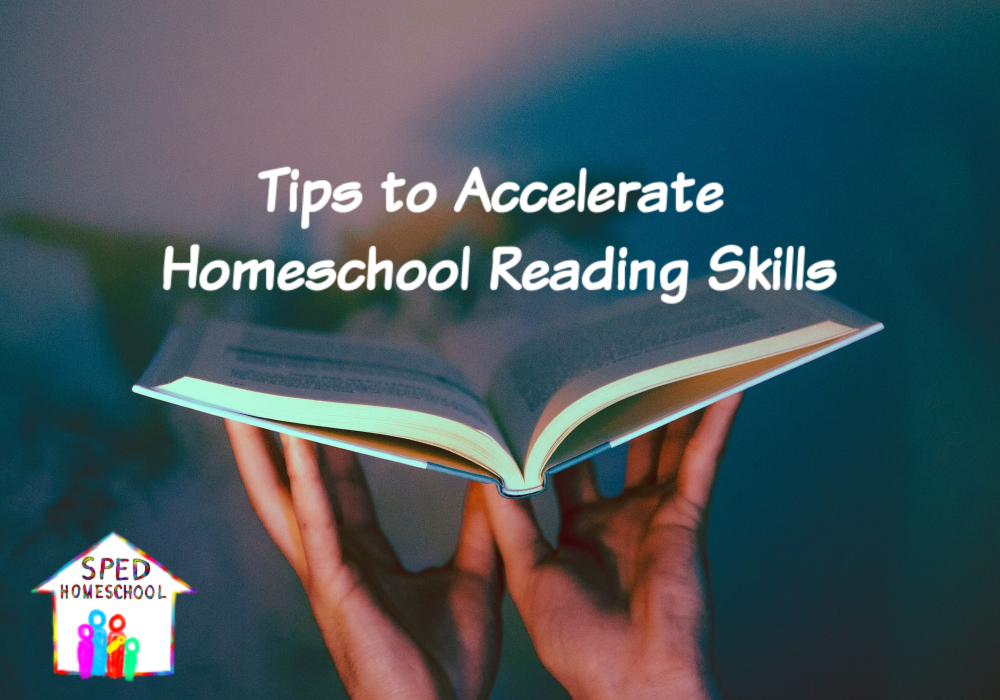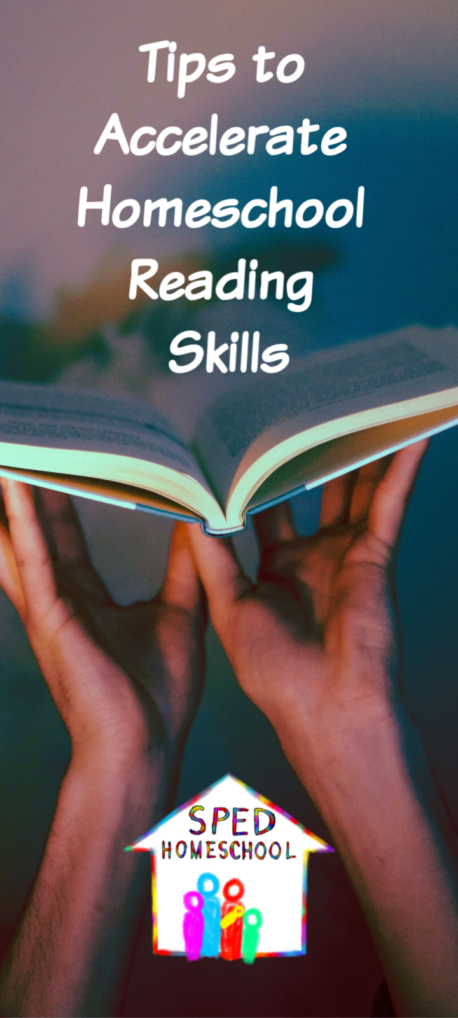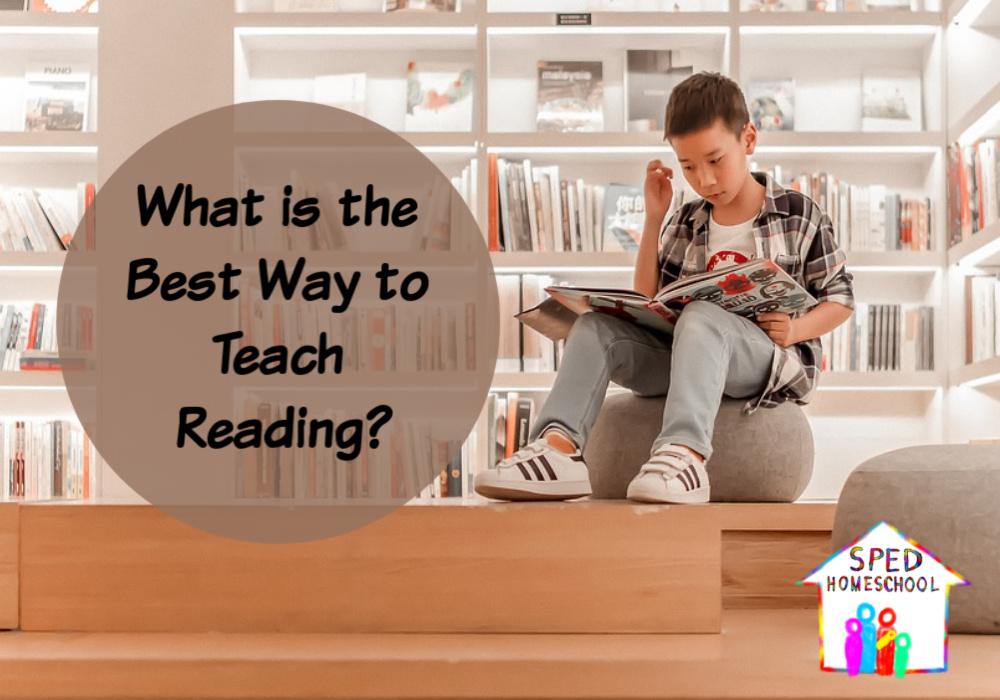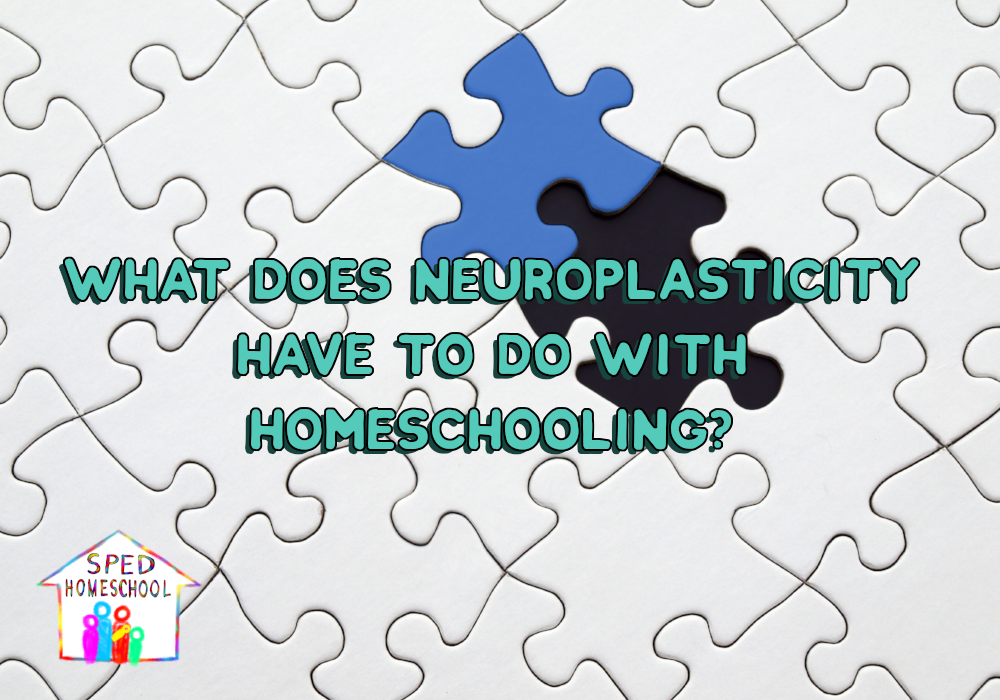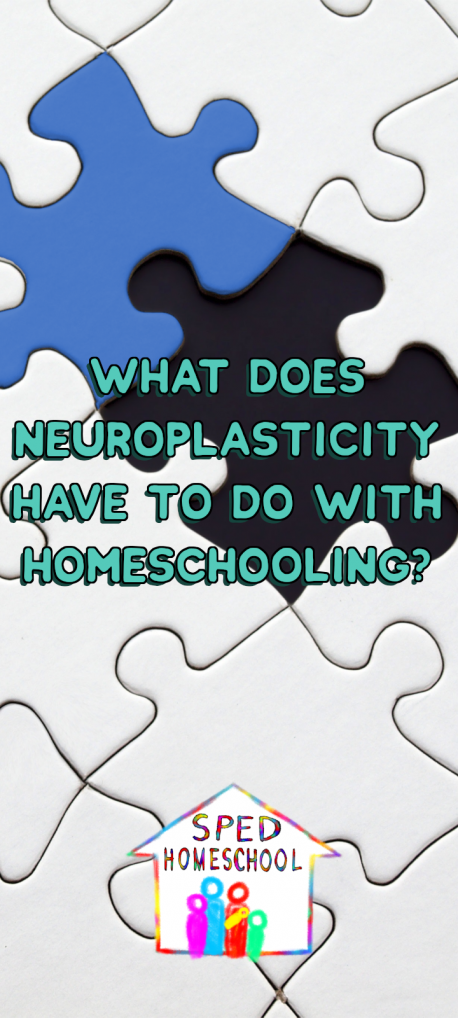
By Jan Bedell, Ph.D., Master NeuroDevelopmentalist,SPED Homeschool Board Member, Curriculum Partner, Consultant Partner, and Therapy Partner
Ah, progress. That entity that often fuels us as parents and homeschoolers but is often elusive or barely recognizable with our children that struggle. That slow progress can be very discouraging. I know the feeling all too well! I had to learn to adjust my expectations from typical progress to “personal bests” and celebrate each of those tiny steps even when they were not what I was hoping for, especially in the academic realms.
My homeschool journey started in 1986. I know, I am REALLY dating myself, right! Little did I know that homeschool was barely legal at that time. All I knew was that God had led me to home educate both my girls, but specifically my daughter, who was developmentally delayed.
I headed into the task with zeal, but after 5 years of using a traditional approach in teaching reading and math, my 15-year-old was at a standstill. I was discouraged. My daughter knew all 70 phonograms yet couldn’t hold over 3 pieces of CVC words together to read a word. And because of her needing several attempts to read a single word, she had zero comprehension. In other words, a kindergarten reading level and math wasn’t much better.
When you have a child with unique needs, God is asking you to do hard things. We don’t know the reasoning, but I believe it is for profound Kingdom purposes. When Jenee’ was 15, I was ready to give up, but God asked me to do another hard thing. He asked me to continue homeschooling, but this time with a different approach. It was the neurodevelopmental approach that I used and have been encouraging other parents to use for the past 30 years. It is the approach we use at Brain Sprints to help families make progress and be able to recognize that progress in all areas of the child’s life, and not just in academics.
Academically with the neurodevelopmental approach, we could advance from 1st grade in math and reading to 3rd grade. Compared to typical progress, that would look minuscule, but if you compare it to what “they” said was a 40 IQ, it was amazing! I found out later that traditional educational settings like those in public school wouldn’t have even bothered to teach my daughter to read because of the IQ that they labeled her with. IQ is another whole topic, but there are developmental factors that influence an IQ score and academic performance that can be changed with neurodevelopmental interventions.
I didn’t realize it, but it was an actual gift that I gave my daughter in teaching her to read, even at a low level. It became a hobby of hers and she filled hours a day with reading words and then writing them in her notebook.
She really LOVED math, too! She advanced in the understanding of math concepts through a technique that I now call Visual Circle Math. I also integrated this approach into a full neurodevelopmental program (organizing and stimulating the brain for the foundation of better overall function) and math curriculum for preschool through 2nd grade levels called Early Learning Foundations. One of the remarkable things that I discovered is that even in her 30s my daughter had kept math facts that we covered when she was 15-18 years old. She could do 32 addition facts in 1 minute from using the retention technique in the Rapid Recall System which is also integrated into the Early Learning Foundation curriculum.
When I home schooled, my philosophy for my child with unique needs was to take her from where she was functioning to the next level in any area possible–self-care, articulation, conversation, social, behavioral, academic and to celebrate each tiny breakthrough. I encourage you to do the same. Celebrate all the progress no matter how small. It will lift your spirits, get you focused on the positive and your positive countenance will filter down to your whole family.
It has been a privilege for me to provide comfort to others with the comfort that I received. If you would like to know more about The NeuroDevelopmental Approach from Brain Sprints, contact us for a Free Consultation.


